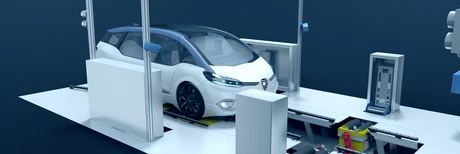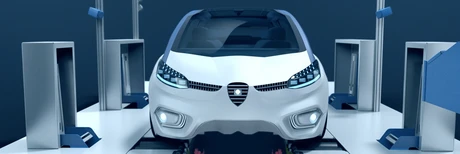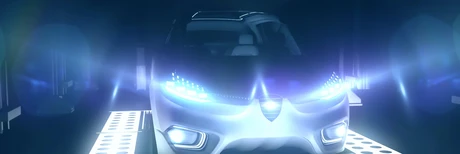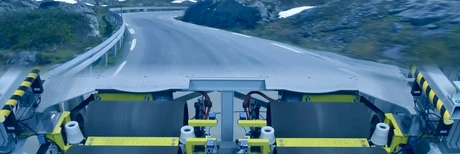Feb 12, 2019
Revolution in the end-of-line area
Autonomous driving represents a significant efficiency enhancement in production and a revolution in the end-of-line area, with cars moving autonomously within the test area and being tested without any operator input. The test stands for this revolution in the end-of-line area are already available, redefining the standard of end-of-line testing.
Autonomous driving offers new opportunities, and not just for the consumer. The driverless movement of vehicles through the end-of-line test stands is only the beginning.
Roland Spieß, President & CEO of Dürr Assembly Products




